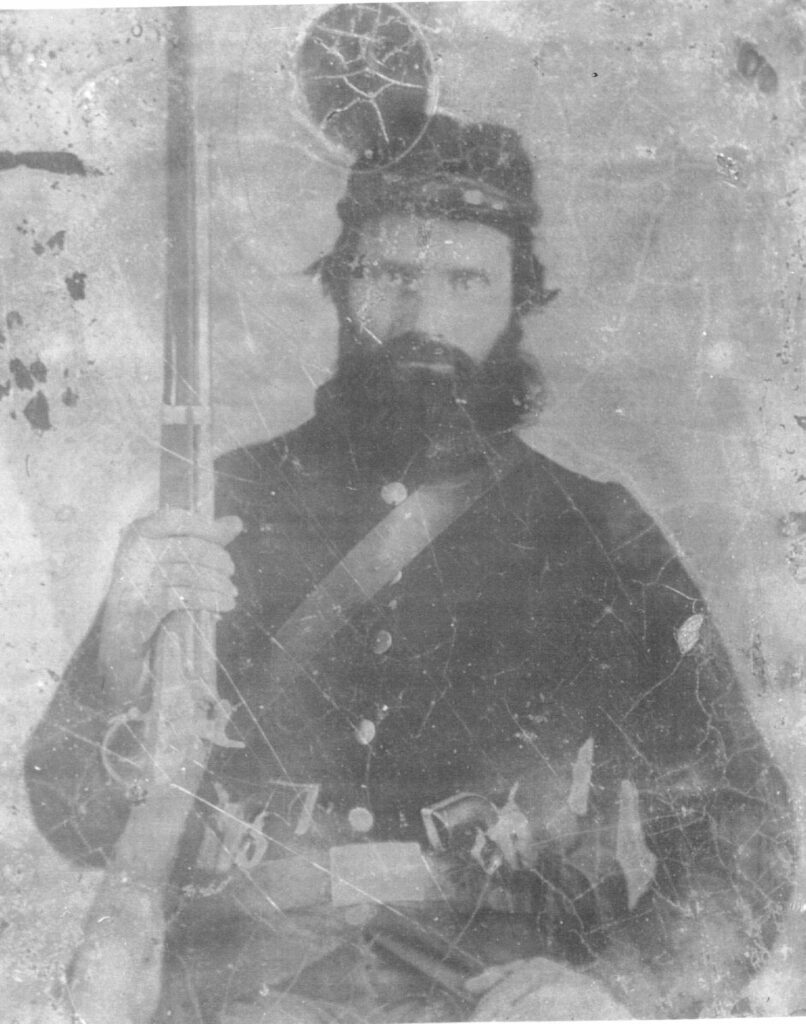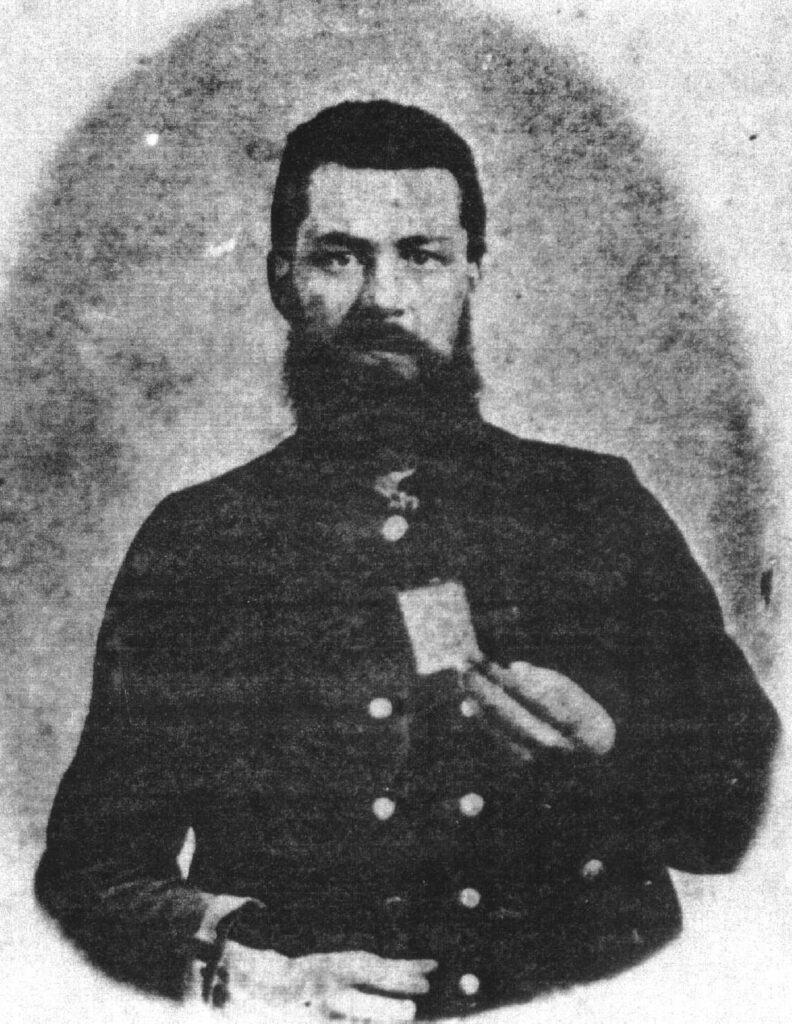Reflections on the Civil War’s 150th Anniversary
As we reflect on the 150th anniversary of the Civil War, our minds often wander to the familiar imagery of the “Old South.” Examining the early days of the war through the eyes of a common Confederate soldier from Robertson County offers insight into this period.
The Robertson County Soldier’s Profile
Out of the estimated 1,200 men enlisted from Robertson County, about one-fourth served in the 30th Tennessee Infantry. The average age was likely in the early 20s, though ages ranged from early teens to mid-50s. One soldier may have grown up attending church, and if Hopewell Baptist Church was his home church, his pastor, Brother Featherston, would have also been his chaplain in the war.
This soldier typically did not own slaves but saw no moral issue in doing so if future circumstances allowed. He may have been married or engaged and had seldom traveled more than 20 miles from home. Over the years, some of his neighbors with anti-slavery views had moved north, reflecting the divided sentiments of the time.
Why Did He Enlist?
To understand his motives, it’s helpful to look at the local events that shaped his beliefs. In December 1856, news spread of a planned slave rebellion at the Cumberland Iron Works in Stewart, Montgomery, and Dixon Counties. The insurrection was suppressed, and the leaders were executed in Dover. This incident heightened local fears, which intensified as tensions escalated toward war.
In 1859, John Brown’s raid on the Harpers Ferry arsenal in Virginia attempted to incite a widespread slave revolt. While the plan failed, it stoked anxiety across Southern communities. By 1860, census records showed that nearly one-third of Robertson County’s population was enslaved. The fear of a potential uprising weighed heavily on the minds of locals.
Tennessee’s Decision and the Call to Arms
After the attack on Fort Sumter in April 1861, Tennessee, which had initially voted to remain in the Union, sided with the seceding Southern states. With this shift, Robertson County’s young men faced a pivotal decision.
Our “common soldier” joined the 30th Tennessee Infantry, believing the war would end quickly and that he would return home in time for spring planting. During this period, photographers captured images of these recruits to leave with their families as keepsakes.
Training and Early Experiences
Training at Red Boiling Springs introduced the young soldier to military routines. Marching, learning to load and fire his weapon, and enduring constant drills became his daily life. His first “battle wound” may have been a burnt lip from drinking hot coffee from a metal cup. At this stage, his greatest concern was that the war might end before he could see combat.
The Battle of Fort Donelson
The soldier’s journey took him to Fort Donelson in Stewart County, where he experienced both the high and low points of his service. In January 1862, Robertson County women presented handmade flags to the troops in a heartfelt ceremony filled with hope and encouragement.
However, this uplifting moment was soon overshadowed. After a hard-fought battle, Fort Donelson surrendered to Union forces on February 16, 1862. By month’s end, Robertson County had fallen under Federal occupation.
As our soldier and his comrades faced the cold march northward to Camp Butler prison in Springfield, Illinois, his visions of glory faded. His journey reflected the complex emotions, hardships, and realities faced by many soldiers from Robertson County during the Civil War.

